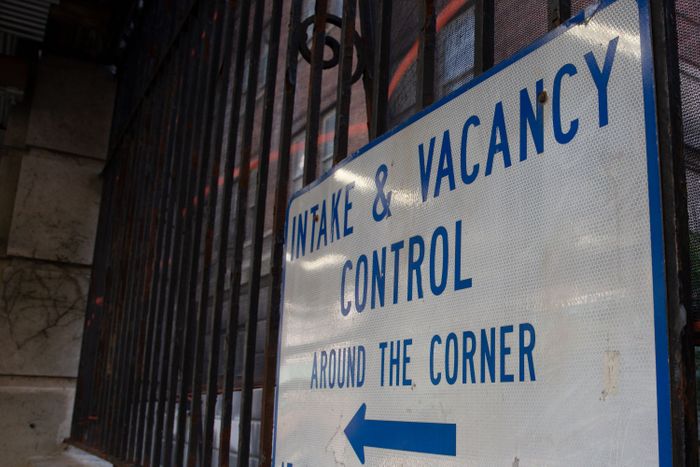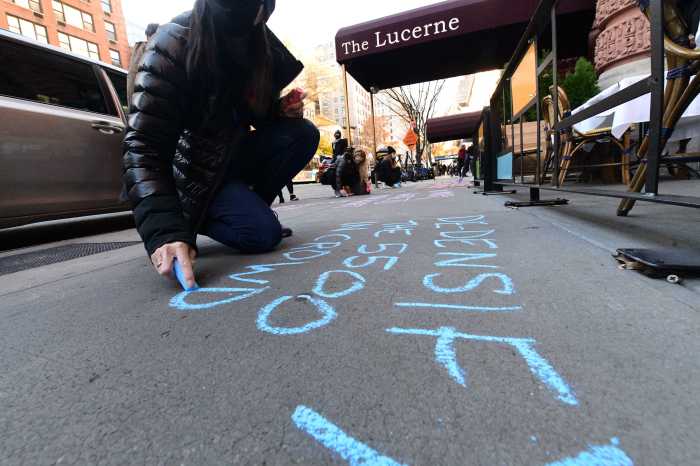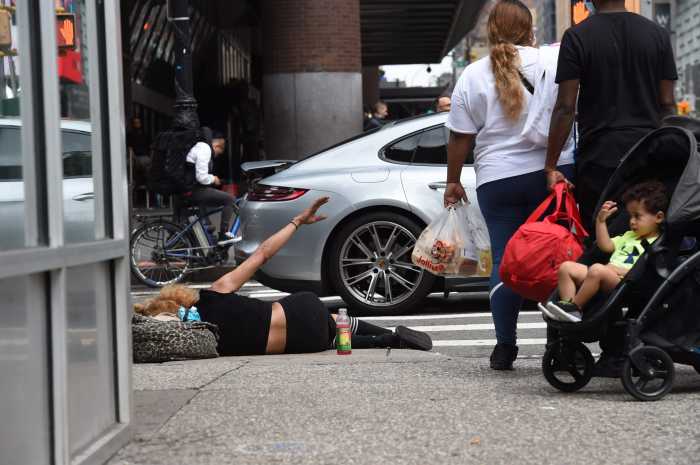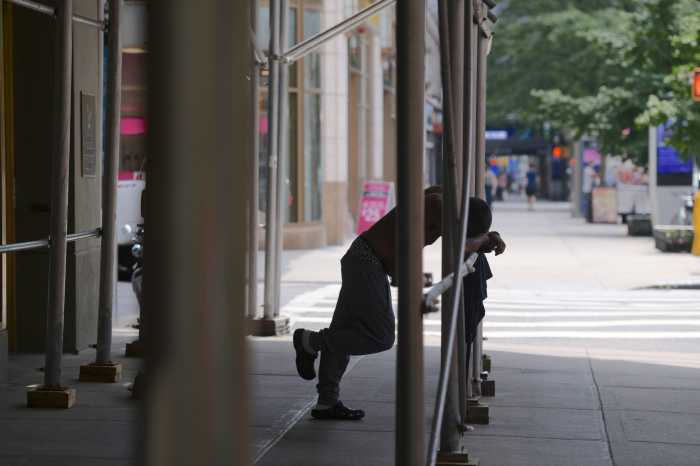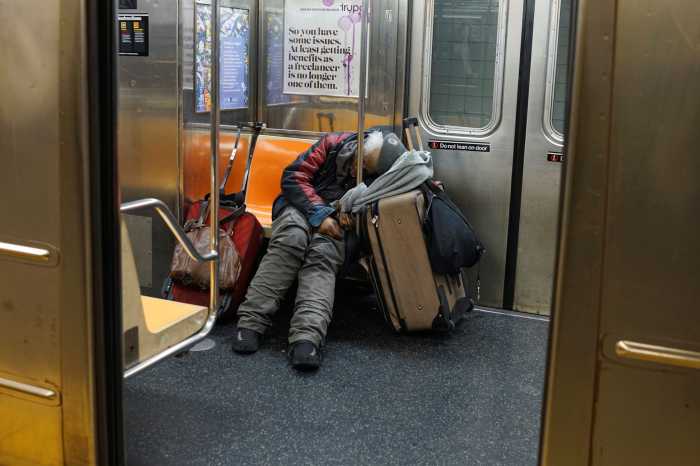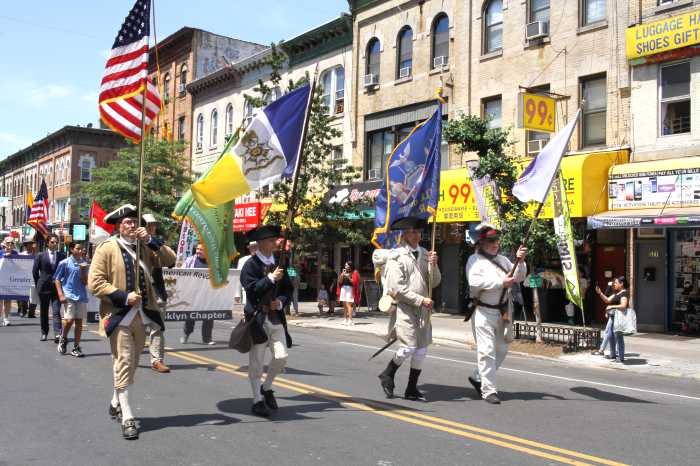As a record number of homeless men and women were recorded in city shelters in the month of October, advocates are asking Governor Andrew Cuomo to finish the job on a 2016 promise to creating 20,000 units of supportive housing.
This comes as homelessness in shelter hits a record high with up to 20,210 single adults recorded in city Department of Homeless Services facilities, according to Coalition for the Homeless Executive Director Giselle Routhier.
DHS, however, denies that the number of single adults ever peaked above 20,000 adults in shelter and that the current tally is 18,324 as of Dec. 8, which they said is the actual all-time high in city facilities.
“Now, given the trajectory in recent months and years in the past year alone, the number of homeless single adults in shelters increased by 10%,” Routhier said. “In the past decade, the number of homeless single adults in shelters has more than doubled. I will also have you know that these data include only those sleeping in DHS shelters, not those on the streets, or in systems run by other city agencies or private groups.”
According to Routhier, the 18,324 cited by DHS does not include safe haven, stabilization beds, veterans beds, and a Doe Fund shelter the agency categorize as “criminal justice” beds. The coalition has kept it’s own census based on DHS numbers since 1983, Routhier said.
Laura Mascuch, the executive director of the Supportive Housing Network of New York, admitted that it may be impractical to ask the state for supportive housing funding in the midst of a pandemic that has left New York’s coffers in an encounter with big deficits.
“The governor funded the first five years of the commitment, enabling 6,000 units of supportive housing to be built. Since making that announcement nearly five years ago exactly, the state is well on its way to funding those first 6,000 apartments, but the money has run out,” Mascuch said. “We are here today to ask the governor to fulfill his commitment by funding the remaining 14,000 units. We realize this may seem to be the precise worst time to look for a long-term funding commitment, given the pandemic’s impact on the state’s budget, but honestly, the governor and the legislature did not invest in supportive housing just because it’s the morally right thing to do. They also did so because it is sound economics, homelessness is expensive [for the state].”
The Governor’s office says the drive to fulfill this commitment has not exactly slowed since the pandemic landed New York in financial distress, despite the monumental price tag on such an effort.
“This administration continues to fund and implement a $20 billion homelessness and housing plan that has already exceeded its goal of creating or preserving 6,000 affordable homes with supportive services even as we battle a pandemic that has the state contending with a nearly $63 billion revenue loss over four years,” Freeman Klopott, a press officer for the state Division of the Budget, told amNewYork Metro. “By already exceeding the goal of 6,000 affordable homes with supportive services we are well on our way to achieving the goal of 20,000 supportive homes over 15 years.”
Under Local Law 37, DHS reports the number of homeless people in their facilities through the NYC Open Data website.



